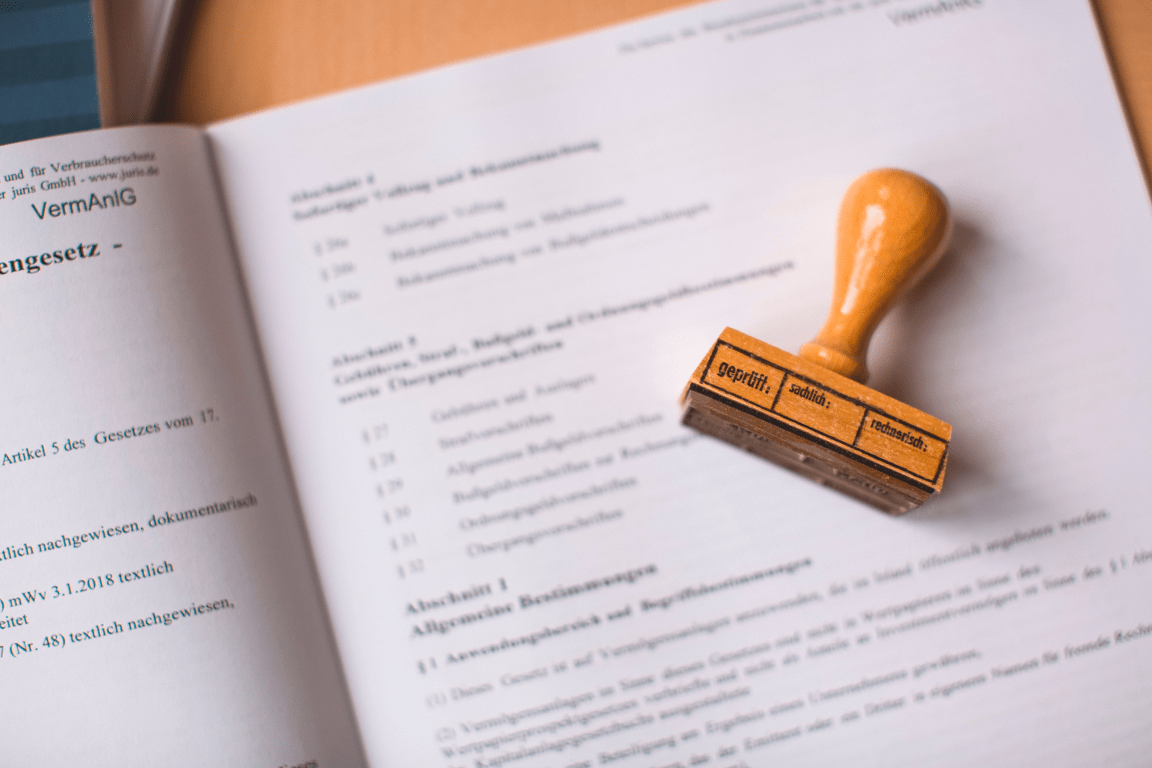Establishing a good design for your dream home is the first leg of your journey with Visava. Next, the actual process of undertaking its construction begins. Construction can be quite a straightforward process with the right preparation and details. To further simplify it, we have put together a list of 10 things to do once you download the Visava documents.
1. Legal Documents – Construction requires several approvals and legal documents. While some are already provided by Visava, some others depend on the local governing body.
It is not possible to begin any construction without the necessary legal documents. Land Entitlement Proof confirms your ownership of the land. Foundation certificates, NOCs from local regulatory bodies, encumbrance certificates, etc are also required. A structural engineer provides a structural stability certificate for the house. These requirements vary across different places in the country. Your local governing body will be able to provide an exhaustive list of these documents.
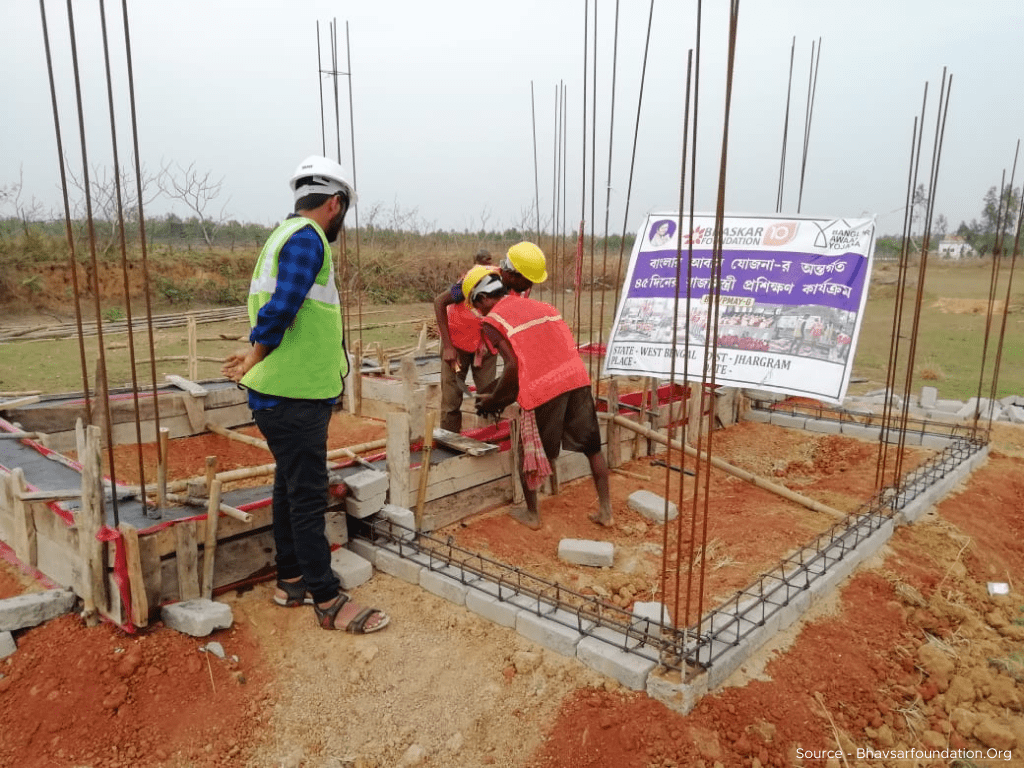
2. Hiring consultants and contractors – It is important to hire experienced professionals for certain aspects of construction.
Compromise on the structural integrity of the house can lead to accidents. We advise our users to make use of a specialist for the task. A structural consultant ensures that the structure of your house is safe. They scrutinize the design to weed out fallacies of any kind. Hiring a good contractor will make construction a less cumbersome process. Contractors ensure the best use of resources in the least amount of time. Choose contractors and consultants only after a thorough scrutiny of their previous work. Give precedence to quality over budget. It may happen that the cheaper work needs replacement more often, or gives an unwanted finish. Contractor fees are a percentage of the total cost of construction. This amount should not be more than 10-15% of the project. Consultant fees may vary based on work quality or type of work.
3. Budget finalization – A comprehensive budget needs to also consider the costs beyond construction.
The budget should have the cost for the structure of the building. This can be the cost of materials required for construction, fees of laborers, and fees of experts. A site uses services such as water supply, electricity, etc to keep itself running. This incurs a certain cost. The intricate details in design add personality to a barren structure. This can be in the form of landscaping, interior design, or even external facades. An exhaustive budget ensures that the project does not exceed its projected cost.
4. Budget breakdown – Construction takes place over many stages, as elaborated upon in Blog 9. Each stage requires a different percentage of funds from the total budget.
Raising funds for construction can be a crucial task in itself. By planning the payout points, the user will be able to handle their expenses in a better way. The breakdown here is only of the estimated budget of the structure as provided by Visava. Starting the foundation work takes up 7-10% of the total budget. The superstructure comes next and needs another 15-23%. By the time roofing and staircase work begins, about 15-25% more should be available. Fenestration details throughout the house need another 12-19%. The superstructure and interior finishes take up the remaining 21-32% of the budget.
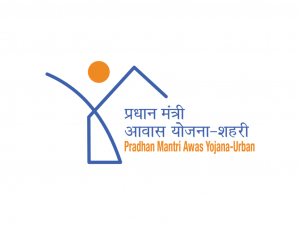

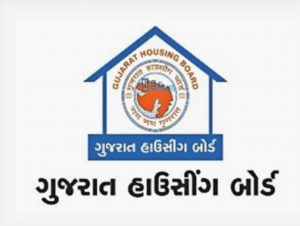

5. Housing schemes – There are many housing schemes made available to the people of India by our government. Some operate on a central level, while others on a state level.
Arranging funds to construct a house itself is a mammoth task sometimes. Housing schemes make this task easier by providing subsidies to such people. Other schemes aid by providing raw materials for construction at subsidized rates. Some others give subsidies for building toilets inside homes. Each scheme specializes in providing a unique type of relief to the user. Blog 4 here elaborates on some of the active schemes on a central and state level, along with ways to access them.
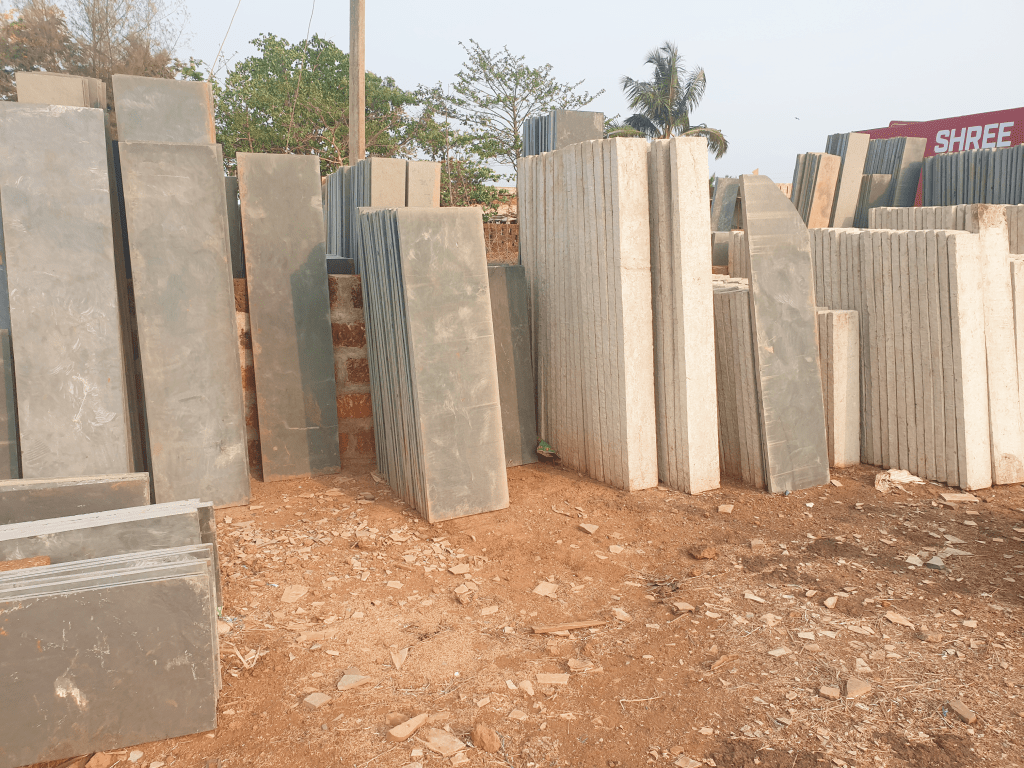
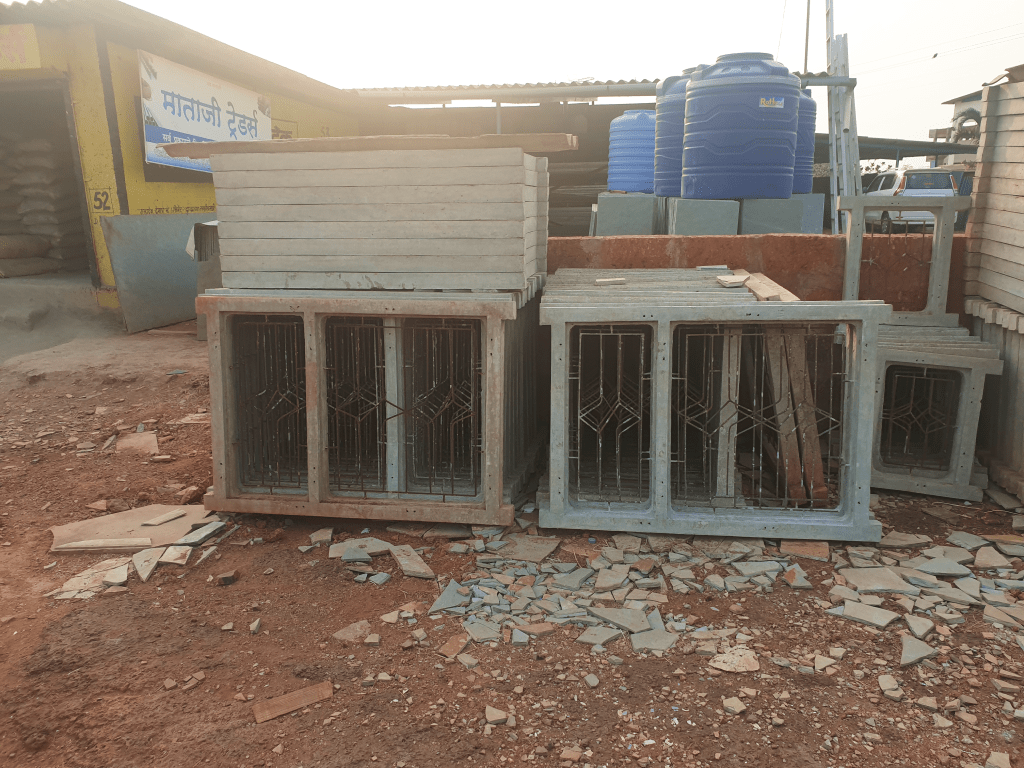
6. Material Procurement – Material for construction is not procured all at once. It is once again divided based on the progress of construction on site.
It is beneficial to get some material in bulk to avoid added costs due to fluctuations in the market. Blockwork, bricks, cement, concrete aggregates, etc are usually procured in bulk. Depending on their need, they get distributed on-site. It is crucial that any expensive material gets ordered based on site progress. Extra material that sits at the site requires protection which can add to the cost. Moving it on-site further increases workload and expenses, while also risking damage. A contractor is usually responsible for material procurement. A good one will help achieve savings through systematic procurement of materials.
7. Pre and Post-Construction Documentation – To begin construction, the team needs to have some permits. A similar set of permits are necessary for the occupation of the completed home.
With a budget breakup in hand, construction procedures can now begin. A Building Permit and a Commencement Certificate sanction the start of construction. The engineers, consultants, and contractors work together to ensure a smooth process. The user can get a schedule of work to keep a check on the progress of construction. A delayed schedule can lead to an increased cost due to extra labor fees, equipment charges, etc. . Involvement in the construction process also means having a say in the detail that goes into it.
Post construction, there is one final round of procedure. The site services need support elements such as a light meter, gas meter, and water meter. These must adhere to the guidelines set by local governing bodies. The pollution control board must provide a NOC as well. The last document you need is an Occupancy Certificate. It certifies that your building complies with the applicable building codes and laws. With this certificate, you can now move into your new home.
Seeing your house come up from the ground can be an exuberant experience. One that we hope everyone gets to enjoy at least once in their lifetime. With the completion of each stage, you get to see another part of your dream turn into a reality. Visava hopes to ensure that our users complete this journey with the least obstacles. While some roads seem long and winding, we only hope that with our support, you can reach your destination where a beautiful house awaits you.

